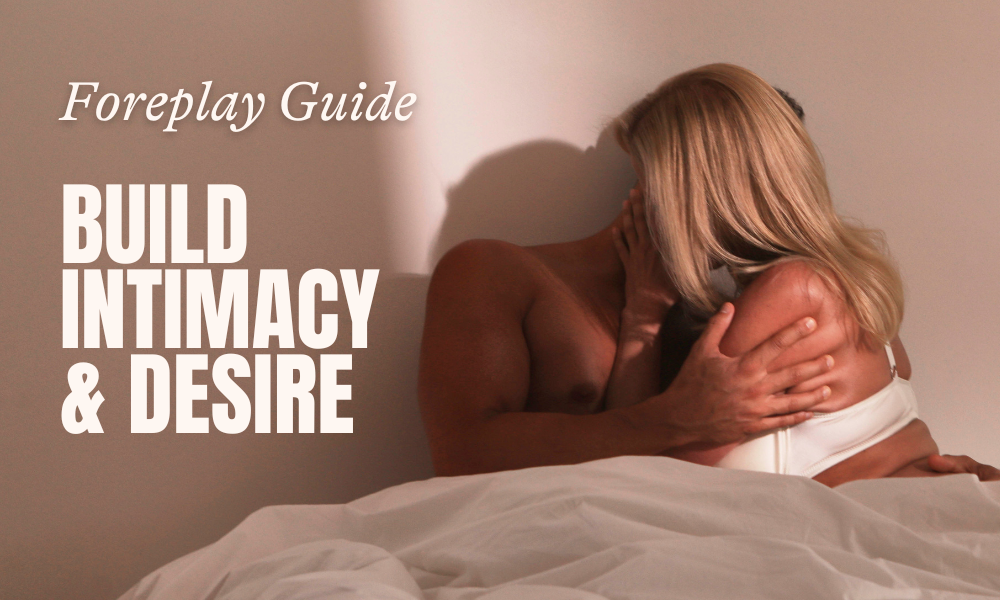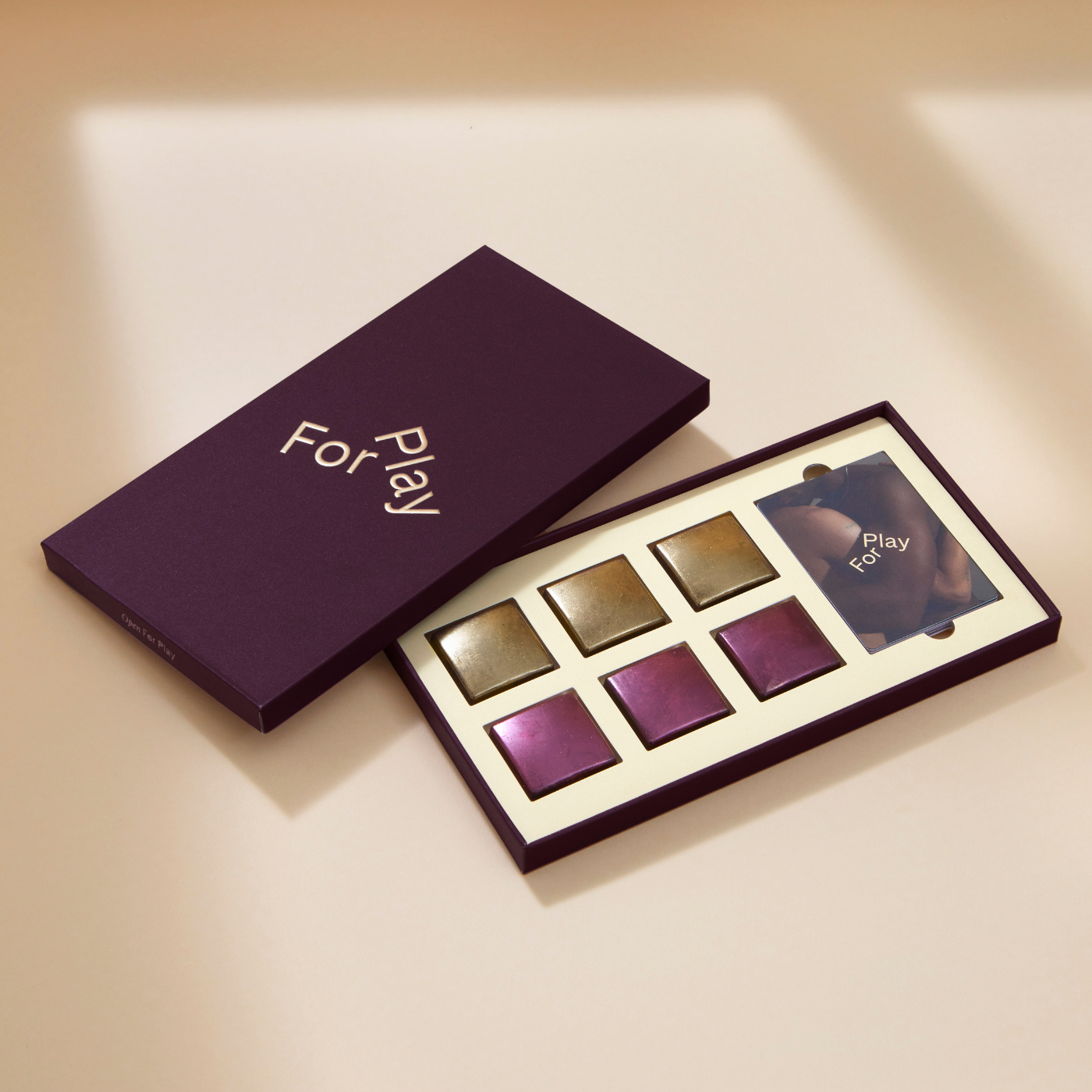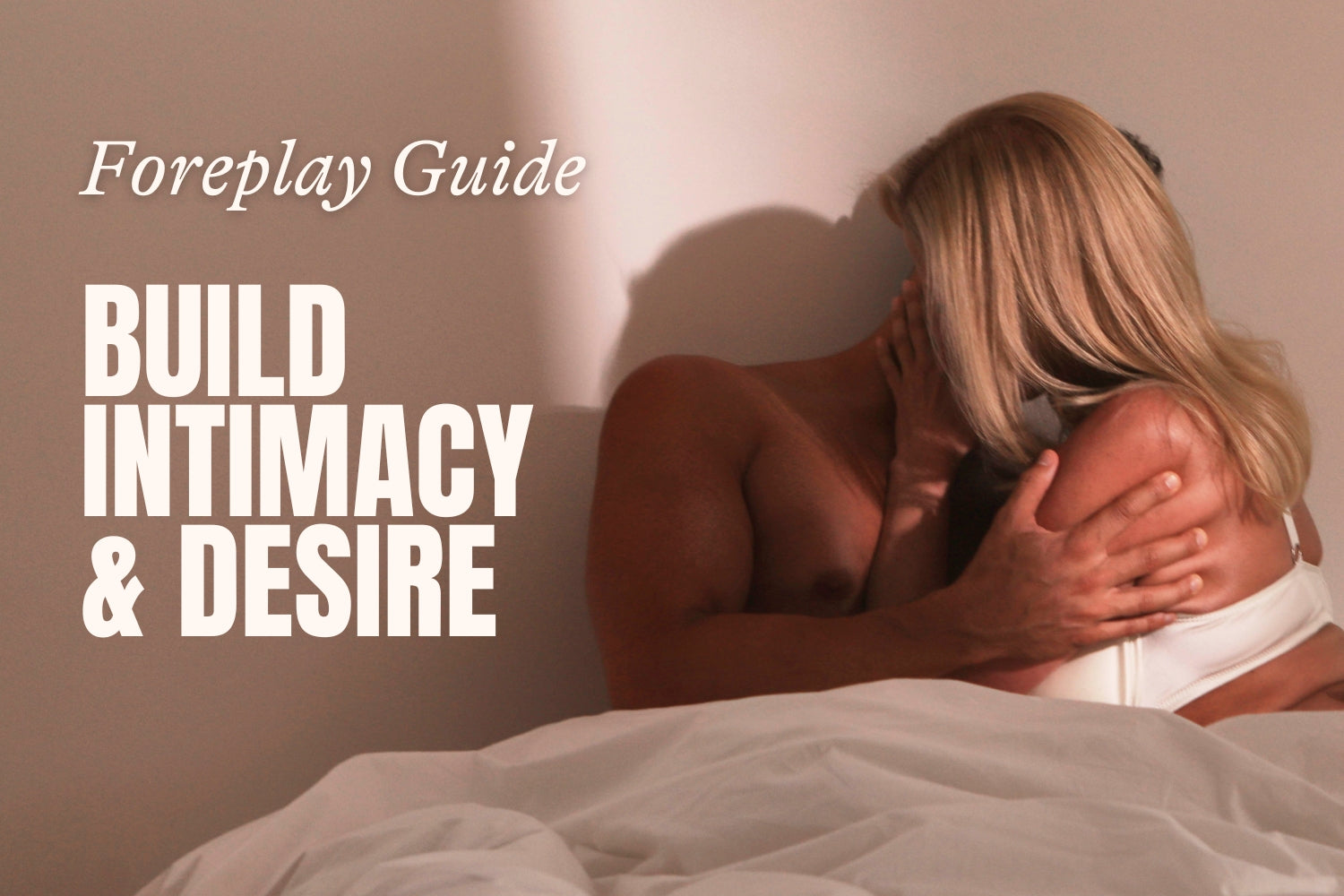When we first fall in love, there’s a fire, desire feels effortless, electric, all-consuming. But when that fire fades, it’s not your fault, it’s your hormones.
There’s a passion and sexual energy that comes with new love. You’re drawn in by their scent, the way they speak, the way their touch feels. Every glance carries weight. Every kiss feels like it might undo you.
This intensity has a name: New Relationship Energy.
It feels spontaneous. Effortless. Like desire is something that lives in the air between you. But beneath the magic is something deeply physical. Your body is flooded with chemicals, dopamine, testosterone, low serotonin, all designed to keep passion and desire there.
What we don’t often hear is that this high isn’t built to last. And that’s not a loss, it’s a shift.
Once you understand what’s really happening in your body and brain, you can stop mourning the spark and start playing with new ways to feel it again. Not through chasing, but through curiosity, connection, and a deeper pleasure.
Phase One: Lust and Spontaneous Desire

Let’s start with the science. When you first meet someone, your body is flooded with intense passion, excitement, and spontaneous desire.
This is thanks to some powerful hormones:
Dopamine, the feel-good, pleasure-chasing neurotransmitter that makes your partner feel like the most exciting thing on Earth. It thrives on novelty and unpredictability, so every new conversation, kiss, or late-night laugh sends your dopamine soaring.
Serotonin actually drops during this phase, which might sound strange since it’s known as the “happiness” hormone. But that dip is what leads to obsessive thoughts. (Yes, checking your phone a hundred times a day is biologically backed.)
Testosterone and oestrogen are working overtime too. Testosterone amps up sexual desire across genders, while oestrogen increases emotional sensitivity and attraction.
Together, these chemicals create spontaneous desire, desire that just happens, without needing much stimulation, you and your partner can become intimate.
But, unfortunately that kind of desire isn’t designed to stay forever.
As the relationship settles and the novelty wears off, your body starts to relax. You feel safe, connected, comfortable. However, with that shift, the fireworks change. That spontaneous, automatic desire often fades. And that’s normal, it’s your body moving into a new phase of love.
Phase Two: Relax and Bond

Eventually, your body stops living on dopamine highs. (It would be way too exhausting to stay in that intense space 24/7.)
As things settle, a new cocktail of chemicals takes over:
Oxytocin, the “love hormone,” is released when you cuddle, hold hands, or orgasm. It builds trust, safety, and emotional intimacy.
Vasopressin, linked to long-term bonding and commitment, especially in men.
This is the point where spontaneous desire often starts to quiet down, especially for women. That instant “I want you now” feeling might not show up so easily anymore. Instead, desire begins to arise after connection. A warm hug, emotional conversations, a soft touch, these moments can awaken something deeper. This is called responsive desire, and it’s just as real.
This shift happens after about 6 to 18 months when your dopamine levels settle, and your body stops chasing novelty. Instead, it starts prioritising bonding and emotional safety.
This often leaves couples feeling that there is something wrong with them. The spark doesn’t feel the same and they assume it has disappeared. But it hasn’t disappeared, it just changes its form, and it can be brought back with intentionality, warmth, playfulness, and presence.
So what can we do to keep things steamy when the dopamine dips?
Embrace Responsive Desire

Desire may not appear out of the blue anymore, and that’s normal. Instead of waiting for it, create the conditions that help it arise, through emotional closeness, physical touch, or shared connection. Make time for regular date nights or quiet moments together to invite desire back in.
Related: From Fairytale to Science: The Truth About Intimacy
Play with Mental Fantasy

Use your imagination to build arousal before intimacy. Think about a scenario that excites you and allow your body to respond. Fantasy is a powerful way to reawaken desire and bring back the thrill you felt at the beginning. Also, as soon as you think or mentally imagine something new, your brain releases dopamine, the same neurotransmitter that creates honeymoon passion.
Share Fantasies Playfully
Talking about fantasies can be just as stimulating as living them out. Try starting with “I had a wild dream…” or “I imagined something today…” Keep it light, playful, and pressure-free. It’s about creating a mental turn-on, not setting expectations.
Inject Novelty

Newness sparks desire. Whether it’s exploring a different part of town, trying a new activity, or changing the atmosphere in the bedroom, small shifts can bring back that sense of excitement. The key is doing something unfamiliar together.
Related: 6 Tips on Keeping Desire Alive
Focus on Non-Sexual Touch
Touch that isn’t about sex builds connection and safety. Hug often. Hold hands. Lie close on the sofa. These small moments help maintain oxytocin levels and remind your body that it’s safe to feel close again.
Communicate

Desire shifts, and it’s important to talk about those changes. Create space to discuss what’s working and what’s changed without blame. Keep the conversation open and curious, not goal-driven.
Try Erotic Teasing

Teasing helps bring back the tension and playfulness that’s often lost over time. Flirt. Exchange cheeky texts. Whisper something suggestive. It doesn’t have to lead anywhere, sometimes it’s just about keeping that erotic energy alive.
Related: 20 Hot Sexting Tips with Examples
Take Care of Your Body and Mind

Your physical and mental health play a big role in desire. Get enough sleep, move your body regularly, and manage stress where you can. A healthy body supports a more responsive, energised libido.
Make Space for Everyday Pleasure

Desire thrives when you feel good in your body and life. Slow down, savour your meals, enjoy music, laugh more, move in ways that feel good. When you reconnect to pleasure daily, desire has a place to land.
The Takeaway? Desire Evolves
New Relationship Energy is thrilling, but it’s just one part of a much bigger love story. Lust softens, bonds deepen, and fantasy becomes your new playground.
There’s nothing wrong with shifting from spontaneous to responsive desire, it’s not less than, it’s just different. So go ahead: daydream. Share. Tease. Play.
Your desire is still there. It just needs an invitation.
Behind the Words

Victoria Rusnac
Founder of For Play & Intimacy Coach










